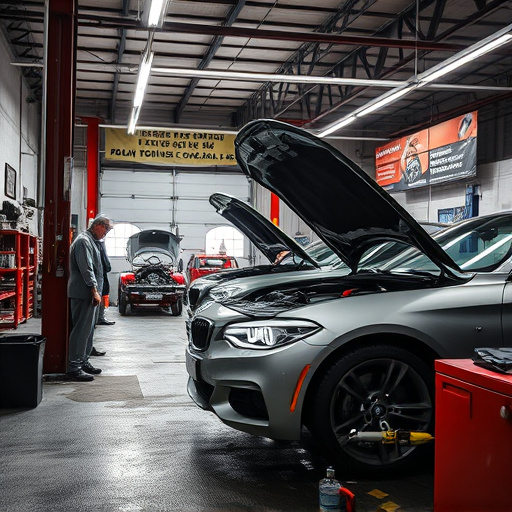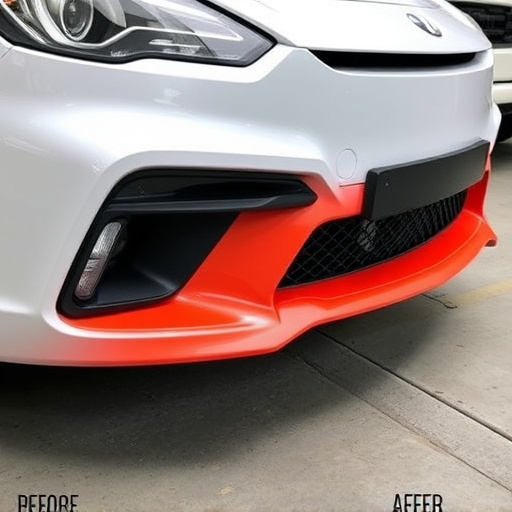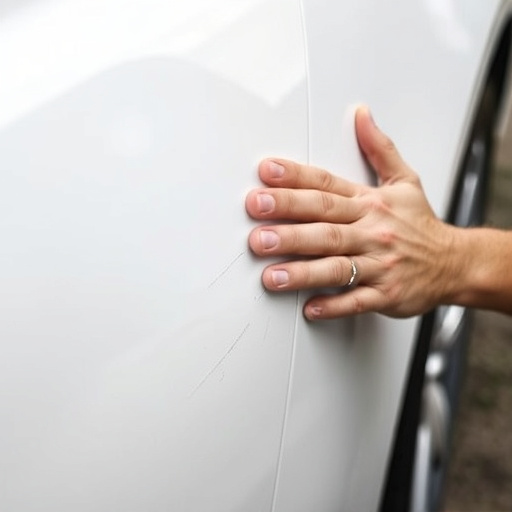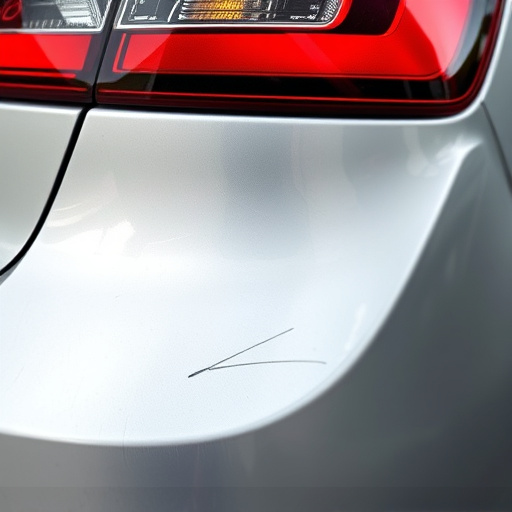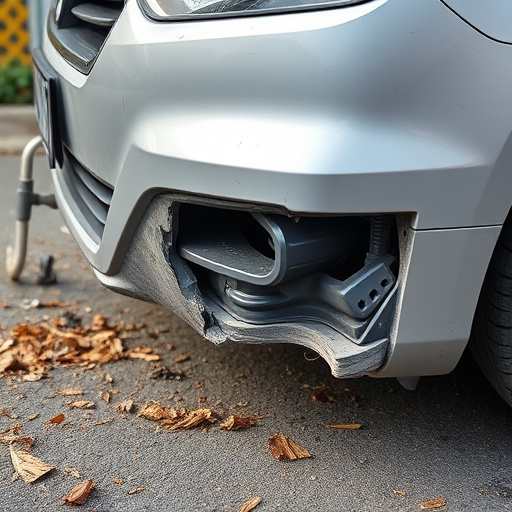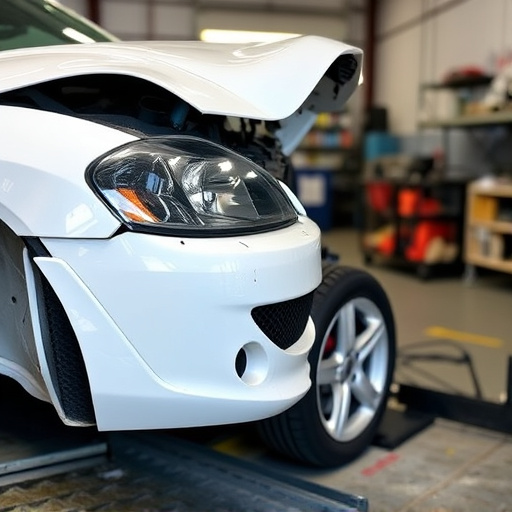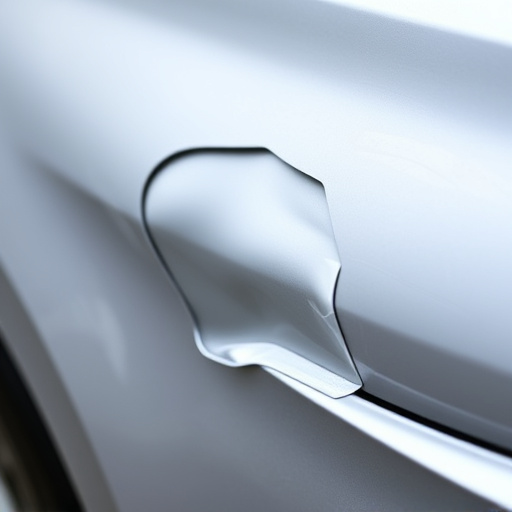Understanding your homeowner's and auto insurance policies is crucial for managing fallen tree damage repair costs. Most comprehensive home insurance covers structural repairs and additional living expenses, while auto insurance underwrites vehicle damage. Contact your provider, adjusters assess, and necessary repairs, including structural fixes and personal belongings replacement/repair, are approved.
In the wake of a storm, one of the most common and costly natural disasters homeowners face is fallen tree damage. Understanding your insurance coverage for such incidents is crucial for navigating repair costs effectively. This article delves into the intricacies of how insurance covers fallen tree damage repairs, providing insights on what policies typically cover and guiding you through the process of managing these unexpected expenses. By exploring these aspects, homeowners can ensure they are adequately prepared for potential storms and their aftermath.
- Understanding Insurance Coverage for Fallen Tree Damage
- What Does Your Policy Cover in Case of Tree Fall?
- Navigating Repair Costs: Insurance and Fallen Trees
Understanding Insurance Coverage for Fallen Tree Damage

When a tree falls on your property, causing damage to structures or vehicles, understanding your insurance coverage is crucial. Homeowner’s insurance policies typically cover fallen tree damage repairs, including the cost of removing the debris and restoring your property to its pre-incident state. This coverage extends to both structural damages and personal belongings affected by the falling tree.
It’s important to review your policy details, especially regarding deductibles and coverage limits. Some policies may have specific exclusions for certain types of damage, so knowing what is covered and what isn’t can help in planning for repairs, which might include tasks like auto glass replacement or car body repair, depending on the extent of the tree’s impact.
What Does Your Policy Cover in Case of Tree Fall?

When a tree falls, it can cause significant damage to your property, including your home and vehicles. Understanding what your insurance policy covers in such situations is crucial for managing unexpected costs associated with fallen tree damage repair. Most comprehensive home insurance policies include coverage for fallen tree damage as part of their natural disasters or perils clause. This means if a tree falls on your house due to severe weather, such as storms or high winds, the repairs will likely be covered.
The extent of coverage can vary between insurers and policy types. Some policies may only cover the structural damage to your home while others might include additional living expenses if you need to temporarily move out during repairs. In terms of vehicle damage from fallen trees, automotive collision repair is typically covered under comprehensive car insurance policies. This ensures that costs for repairing or replacing vehicles damaged by such events are taken care of, similar to how auto maintenance and bodywork services are handled under these policies.
Navigating Repair Costs: Insurance and Fallen Trees

When a fallen tree causes damage to your property, understanding how insurance covers the subsequent repair costs is crucial. Navigating these costs can be complex, but having the right coverage can significantly ease the financial burden. Many standard home insurance policies include protection for such events, offering peace of mind during challenging times.
The process typically involves contacting your insurance provider and filing a claim. They will send an adjuster to assess the fallen tree damage repair needs, after which they’ll provide an estimate and approve the necessary repairs. This might include structural repairs to your home or property, as well as the replacement or repair of personal belongings damaged in the incident. In some cases, if the fallen tree has also caused automotive collision repair issues, your auto insurance or a specialized auto body shop can assist with those specific costs, ensuring that all affected areas are comprehensively covered.
When a fallen tree causes damage to your property, understanding your insurance coverage is crucial. By knowing what your policy entails in terms of fallen tree damage repair, you can navigate the process with confidence. Remember that each policy has its own unique terms and conditions, so review your documentation thoroughly. If you have any questions or concerns, don’t hesitate to contact your insurance provider for clarification. Promptly addressing fallen tree damage repair ensures minimal disruption to your life and property, allowing you to quickly restore order after an unexpected event.
